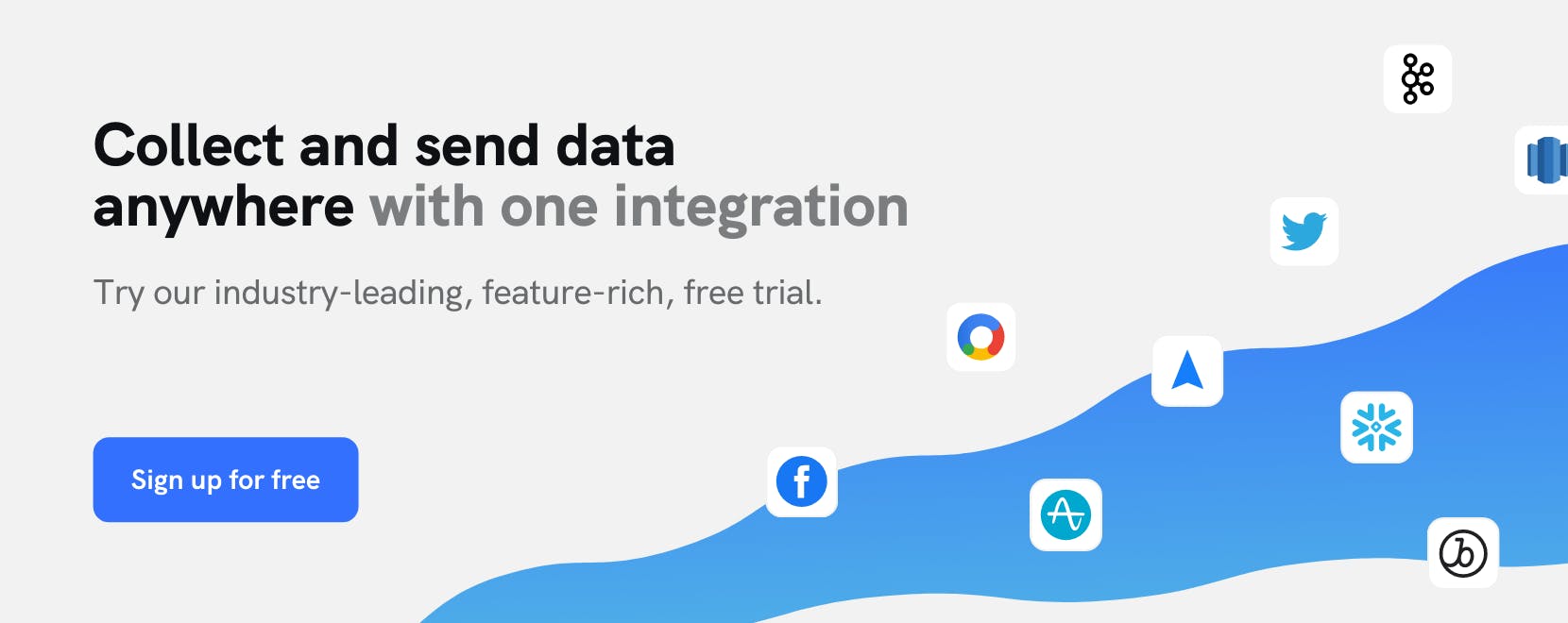Use Cases
Drive more conversions using highly customized touchpoints with Iterable

As customers move through the purchase journey, their engagements with your ads, product pages, and other touchpoints can help you understand which aspects of your service they may be interested in.
Great data-driven teams use this information to not only deliver offers that match customers’ interests, but also to reach their customers at times of high-intent.
This use case will walk through how you can drive more conversions by using mParticle and Iterable to understand customer intent and deliver personalized experience at the right point of the buying journey without excessive manual development.
Step 1: Track high-intent events
To understand how customers are progressing through the buying journey, it’s important to identify high-intent signals and track them as customers engage with your app or website. For example, an eCommerce website may recognize that a customer adding items to their wish list signals a strong intent to make a purchase in the future.
mParticle allows you to track user engagements across multiple platforms (mobile app, website, OTT, etc.) and unify them to a single, high-quality data set.
Step 2: Forward customer data to Iterable
mParticle’s Iterable Event integration makes it possible to forward any customer data collected into mParticle to Iterable in real time without having to manage an additional client-side SDK.
Furthermore, mParticle’s Data Filter allows you to control which data is forwarded to Iterable at the event/attribute level. For this use case, you could forward all of your customer data, or decide to forward only high-intent events or only mobile data.
Step 3: Trigger personalized campaigns
As these events are sent to Iterable, they can then be used to trigger real-time workflows designed to re-engage and convert customers. For example, you can re-engage users that have abandoned carts with personalized messages across different channels, including email, InApp, Push and SMS.
Step 4: Forward campaign engagement data back to mParticle
Once these workflows have been set up, you can use mParticle’s Iterable Feed integration to ingest Iterable message engagement data into mParticle, where it is unified with the cross-channel already collected into mParticle. You can then use mParticle’s Audience builder to define audiences based on Iterable message engagement data, as well as any other data points on the mParticle customer profiles, and forward audiences downstream for retargeting, analytics, long-term storage, and more.

